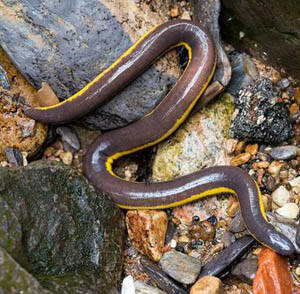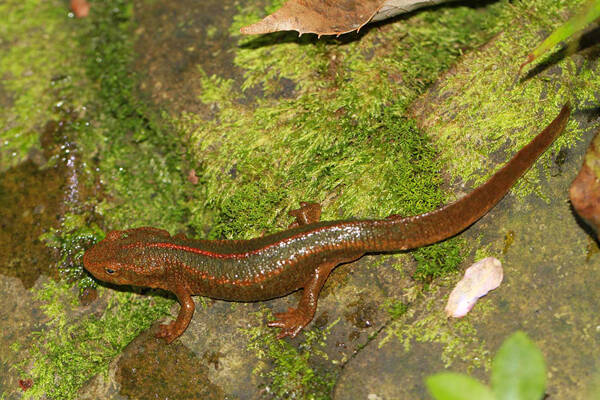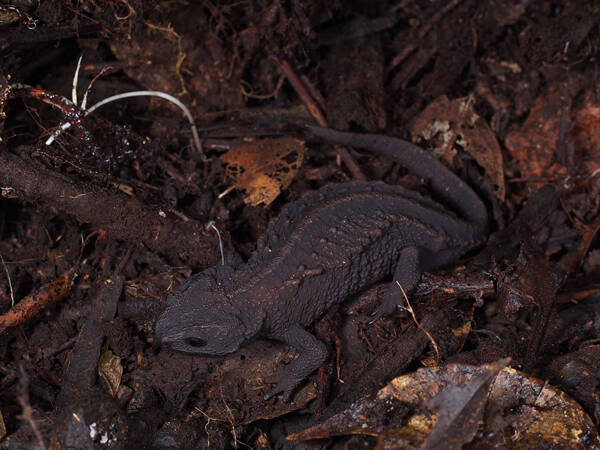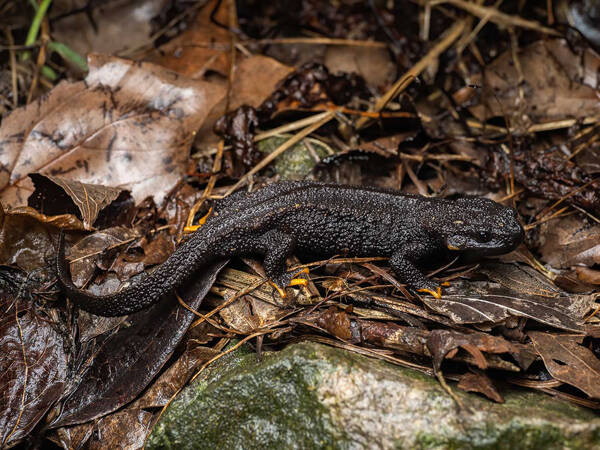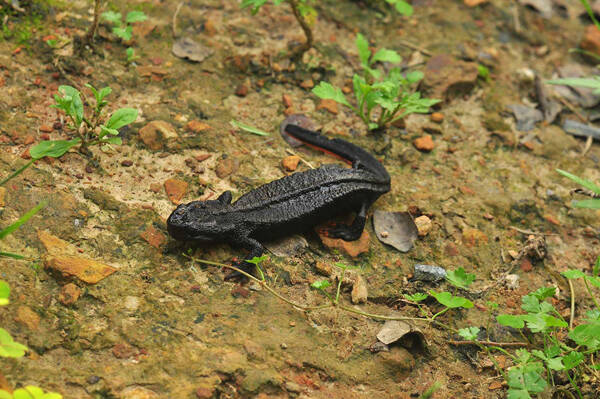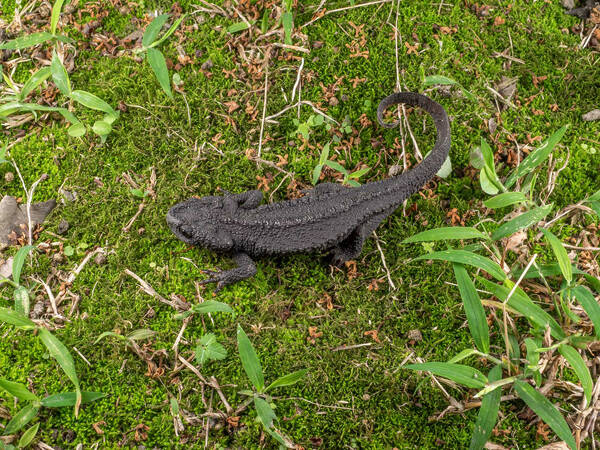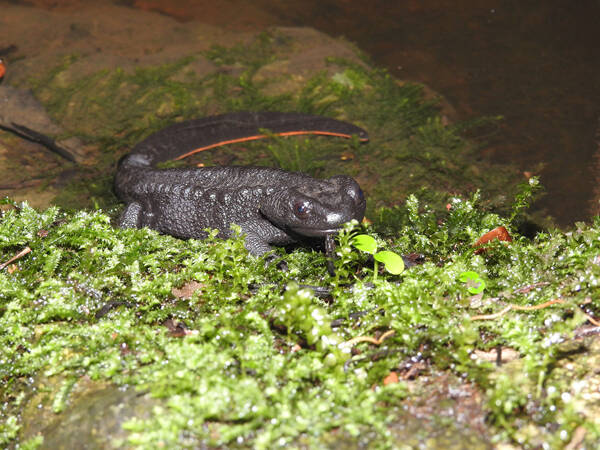Tylototriton kweichowensis
IUCN
LCBasic Information
Scientific classification
- name:Tylototriton kweichowensis
- Scientific Name:Tylototriton kweichowensis,Miaopo snake, Tuha scale, painted stone
- Outline:Urodela
- Family:Caudata Salamandridae Cynodontidae
Vital signs
- length:16-21cm
- Weight:
- lifetime:
Feature
The body shape and body color are similar to those of the fine-spotted newt, but the dorsal ridge and the warts on the sides of the body are red, and there are also continuous red longitudinal lines on the sides of the body.
Distribution and Habitat
This species is endemic to China and is distributed in Yunnan (Daguan, Yiliang, Yongshan) and Guizhou (Weining, Hezhang, Bijie suburbs, Jinsha, Shuicheng, Zhijin, Dafang, Nayong, Anlong, etc.).
This newt lives in mountainous areas with an altitude of 1400-2400m, with weeds, shrubs and sparse trees.
Appearance
The head is slightly wider than long, flat, with four depressions on the top; the snout is short, the snout tip is round, and the ridges on both sides of the head are obvious; the skin is rough, with large and small warts on the back of the head, trunk and tail; the sides of the body are arranged in a row, without rib grooves; the neck folds are obvious or slightly obvious, and there are horizontal stripes and small warts on the ventral side of the body. The base color of the head and body is dark brown, and there are three orange-red wide longitudinal stripes on the back and sides of the body.
Details
Guizhou wart newt is a tailed amphibian of the family Salamandridae and the genus Wart Newt. It lives in small water pits, slow-flowing streams, small ponds and their vicinity in mountainous areas at an altitude of 1800 to 2300 meters, surrounded by weeds or dwarf shrubs, silt or gravel and fine sand at the bottom of the stream, and shady and wet grass slopes, many stone cracks, and earth holes on the banks of the water. There are many algae and aquatic plants in the water, and the water depth is less than 1 meter.
Guizhou wart newt is mainly terrestrial, hiding in dark and humid caves, stone caves, weeds and mosses, and tree roots during the day. During thunderstorms, there is a lot of water on the ground. During this time, more people go out during the day, and at night they forage for insects, slugs, and small animals such as snails, clams, and tadpoles in the grass. Usually they forage in shady and wet places near water bodies, and only enter the water during the breeding season.
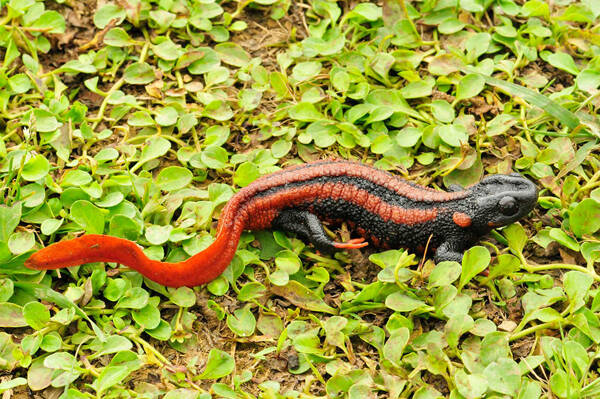
The breeding season of Guizhou warty newts is from late April to July, and courtship behavior occurs. From May to June, they enter small ponds, soaking ponds or streams to breed. Then the male newts produce spermatophores that adhere to the bottom substrate of the water, and the female newts then take the spermatophores into their bodies through the cloaca. They lay eggs in various shallow waters in mountainous areas, and can also lay eggs on the wet soil surface under large rocks or large stone slabs on the edge of the water. Each female newt lays 49 to 94 eggs, with an average of 78 eggs. In Shuicheng, the number of eggs is 8 to 222, with an average of 121.5 ± 7.81 eggs. The eggs are scattered on the bottom of the water, with a diameter of 2.5 mm without the membrane. Animals are very dark black, and plants are very grayish white. The average incubation period is 21.6 days. Metamorphosis is completed from the end of August to the beginning of November. The total length of the larvae is generally more than 60 mm. The larvae live in water and live on land after metamorphosis in the same year.
An inspection of local snake species in Guizhou found that the stomach contents of the snakes were found to contain Guizhou warty newts, including the king snake, jade-spotted snake, black-browed snake and rusty-chained belly snake. They feed on warty newts, which poses a great threat to the number of warty newts. Humans blindly believe that Guizhou warty newts can cure diseases and capture them in large quantities, resulting in a decrease in their number.
Listed in the second level of "China's National Key Protected Wildlife List".


